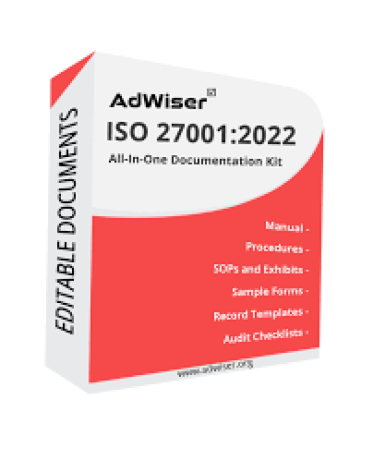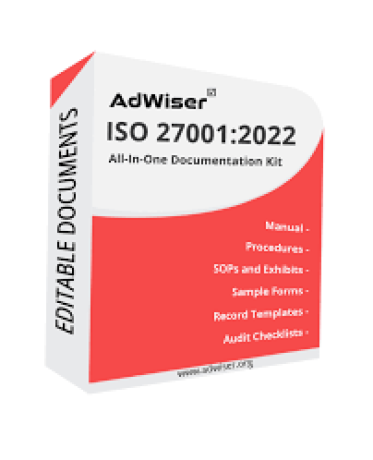The Information Security Blueprint: A Guide to ISO 27001 Professional
1 month ago - Learning - Los Angeles - 51 views
Location:
Los Angeles
Price:
$450
ISO 27001 goes beyond simply implementing technical security controls. It encourages a holistic and risk-based approach to information security, encompassing people, processes, and technology. By implementing an ISO 27001-compliant ISMS, organizations can:
- Identify and manage information security risks: Conduct thorough risk assessments to identify and evaluate potential threats and vulnerabilities to information assets.
- Implement appropriate security controls: Implement technical, administrative, and physical security controls to mitigate identified risks, such as access controls, data encryption, and security awareness training.
- Build a strong security culture: Foster a security-conscious culture where all employees are aware of their responsibilities for protecting information assets.
- Ensure business continuity: Develop and implement plans to ensure the continued operation of critical business functions in the event of a security incident or disaster.
- Comply with legal and regulatory requirements: Meet the requirements of relevant information security laws and regulations, such as GDPR and industry-specific regulations.
- Enhance stakeholder trust: Demonstrate a commitment to information security and build trust with customers, partners, and other stakeholders.
Key Elements of an ISO 27001 ISMS:
- Information Security Policy: Establish a clear and comprehensive information security policy that outlines the organization's commitment to information security.
- Risk Assessment: Conduct regular risk assessments to identify and evaluate potential threats and vulnerabilities to information assets.
- Risk Treatment: Develop and implement plans to mitigate identified risks, including selecting and implementing appropriate security controls.
- Security Controls: Implement technical, administrative, and physical security controls to protect information assets, such as access controls, data encryption, and security awareness training.
- Internal Audit: Conduct regular internal audits to assess the effectiveness of the ISMS and identify areas for improvement.
- Management Review: Regularly review the ISMS to ensure its continued suitability, adequacy, and effectiveness.
- Continual Improvement: Continuously improve the ISMS based on feedback, audit results, and lessons learned.















